No part of this publication may be reproduced, stored in a retrieval system, or transmitted in any form or by any means, electronic, mechanical, or otherwise, without the written permission of the publisher.
Diaz, Tom.
No boundaries : transnational Latino gangs and American law enforcement / Tom Diaz ; with a foreword by Chris Swecker.
p. cm.
Includes index.
ISBN-13: 978-0-472-11629-4 (cloth : alk. paper)
ISBN-10: 0-472-11629-0 (cloth : alk. paper)
1. Hispanic American gangsUnited States. 2. GangsLatin America. 3. Gang preventionUnited States. I. Title.
HV6439.U5D53 2009
364.106608968073dc22 2008051144
FOREWORD
There is a clich about today's news media that says, If it bleeds, it leads. By that standard, the highly publicized Latino gang Mara Salvatrucha, or MS-13, has earned its place in the nightly news reports. It has even exceeded that low standard. If we considered only MS-13's gratuitous violence, lack of respect for authority, and utter disregard for human life, it would be hard to distinguish it from many other violent gangs in America. Tom Diaz's account of Latino gangs goes far in understanding why MS-13 is different and was labeled by Newsweek magazine in September 2005 as the most dangerous gang in America. Diaz's work is no esoteric analysis of this transnational gang but, rather, a gritty, real-life look at a menace that most people thought was a big-city issue that did not impact their safe bedroom communities. Diaz very effectively traces the origins of this brutish criminal network and the efforts of law enforcement to hold the line against a threat that resides just outside our front doors. As a former law enforcement insider who worked gangs as a street-level FBI agent and, later, as an FBI assistant director ultimately responsible for all FBI gang investigations, I canattest that the most unsettling aspect of this book is that it is 100 percent accurate. Diaz's research is impeccable, and his insights are spot-on.
During my twenty-five-year tenure in law enforcement, I saw an alarming increase in gangs and gang membership across the country. According to recent surveys, more than twenty thousand gangs are active in the United States, with over 780,000 members. It is important to understand that gangs like MS-13 and 18th Street are different from traditional criminal syndicates, such as La Cosa Nostra or Russian organized crime, whose families are highly regimented, hierarchal, and almost businesslike. Street gangs are less evolved on the criminal ladder. They are criminal networks whose structure is more informal and less disciplined. Like a cancer, their particular brand of brutality and random violence demoralizes and erodes entire communities.
True law enforcement professionalsthat is, detectives, street cops, and federal agentsknow that in the evolutionary hierarchy of criminal organizations, gangs occupy the lowest rung of the organized crime ladder. That makes them very dangerous to the average citizen and law enforcement. More sophisticated criminal organizations focus on money-producing crimes and use violence as a tool to enforce the business of crime. That does not make them less of a threat to society, but when it comes to gratuitous violence, targeting innocent citizens is bad for their business. These criminal organizations hide their affiliations with crime families and shun the spotlight. In contrast, gangs use violence to intimidate the public and establish their identity. They publicly display their criminal affiliation through visible tattoos, hand signs, tagging of their turf, and special greetings. Much of their recruiting efforts are directed toward juveniles as young as age thirteen. Their initiation rituals involve violence or forced sex on aspiring members and the verified commission of violent crimes against civilians. They will rob, kill, and maim simply to gain respect. They relish the spotlight. The risk of treating gangs like MS-13 as usual threats is that when they do evolve, ditch the tattoos, take up more sophisticated tactics, and become a less visible criminal organization, they will be too entrenched to eradicate. A bad example of this level of entrenchment is the development of the crime families of La Cosa Nostra from the 1920s through the 1960s. These families essentially had a forty-year head start beforelaw enforcement, particularly the FBI, acknowledged their existence and attacked them as organized crime. It took the next thirty-five years to reduce their presence from over thirty active families to less than a dozen.
Diaz very effectively traces the roots of MS-13, which seemed to burst on the scene in 2004, after a series of well-publicized brutal assaults and homicides took place in the quiet, orderly suburbs of Northern Virginia, in the shadow of our nation's capitol. Particularly shocking was the gang slashing of a pregnant sixteen-year-old federal witness whose mutilated body was found near a tranquil stream in the Shenandoah Valley of Virginia. Overnight, the media and the American public awakened to the presence of a machete-wielding criminal network that hit uncomfortably close to their suburban homes.
Ironically, the presence of MS-13 in America is a self-inflicted disease. As Tom Diaz's research points out, the gang has its roots in the Rampart area of South Los Angeles but proliferated through the policy of deportation of these convicted criminals to what one member described to FBI MS-13 Task Force agents as a paid vacation in prisons in El Salvador, Guatemala, or Honduras, where they thrived. These facilities are nothing more then gang-controlled universities and training camps. In these prisons, networks are solidified, members are recruited, doctrine is established, and leaders consolidate their power. During the year 2000, a monthly average of three hundred violent Salvadorian criminals were deported from the United States to El Salvador. Most were MS-13 or 18th Street members. Many of the original Salvatruchans had military training and combat experience as members of the Farabundo Mart National Liberation Front, a Salvadoran rebel group. Upon release, these hardened and better-networked criminals quickly and easily slipped back into the United States and fanned out, establishing new footholds in communities thriving on such industries as meat packing, agriculture, and construction. The story of the notorious MS-13 butcher El Culiche (the Tapeworm), is not unusual. He reentered the country after deportation no less then five times, at least twice after killing twenty-eight innocent men, women, and children in an ambush of a busload of passengers traveling the Salvadoran countryside. A State Department report places the number of individual MS-13cliques at more then 250, concentrated in the United States, El Salvador, Mexico, Honduras, and Guatemala. Aggressive government crackdowns like the Mano Dura and Super Mano Dura in the Central American countries had the effect of pushing even more gang members to cross into the United States.


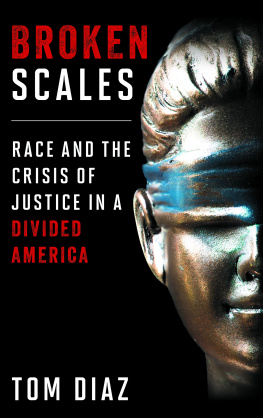

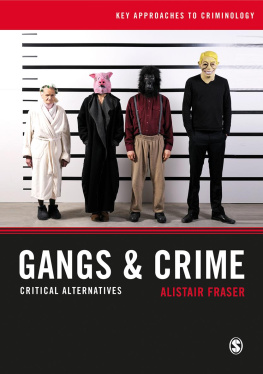
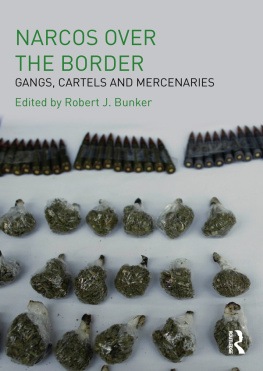
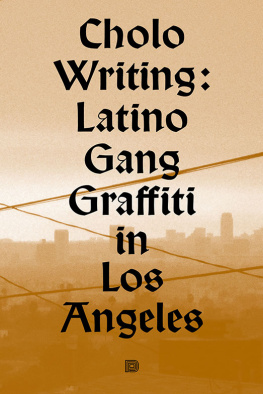

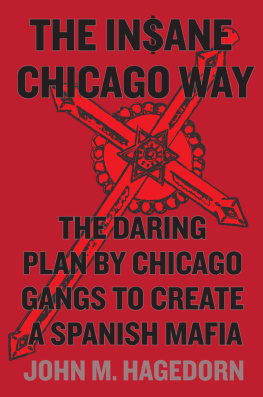


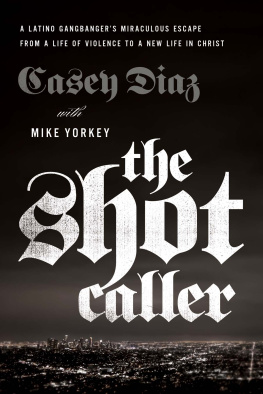
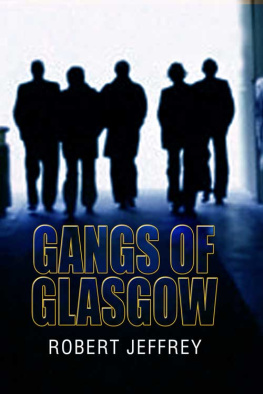

 Printed on acid-free paper
Printed on acid-free paper